SPACE LAB ANTARCTICA
All About Space UK
|Issue 141
Antarctica may be at the bottom of the world, but as the coldest, driest and highest continent on Earth, it's ideal for observing the universe

Wrap up warm’ has long been a mantra among astronomers everywhere, given that so much observation of the cosmos has to take place out in the open and at night. However, if you’ve ever grumbled about surviving a few hours outside during a cold British winter night, just remember it could be worse – you could be in Antarctica, or even at the South Pole.
“I still remember the first time I flew down there,” says Kael Hanson, director of the Wisconsin IceCube Particle Astrophysics Center at the University of WisconsinMadison. “It was early November, which was just when the station opens for most people, and it was about -45 degrees Celsius (-49 degrees Fahrenheit). It was quite a shock just to get off the aeroplane and be out in that cold. It’s blinding bright too, unbelievably bright, because you have all this snow and everything is reflecting in your face. It’s also at altitude. The first couple of days you find yourself catching your breath. Sometimes you wake up sort of gasping for air, just because of the altitude. It’s an incredibly extreme environment to live in.”
ANTARCTICA VERSUS EUROPA
How this frozen continent compares to the icy crust of Jupiter’s moon
1. Frozen surface The ice covering Lake Vostok is around four kilometres (2.5 miles) thick. That compares with estimates of up to 30 kilometres of ice (19 miles) protecting Europa’s oceans.
Diese Geschichte stammt aus der Issue 141-Ausgabe von All About Space UK.
Abonnieren Sie Magzter GOLD, um auf Tausende kuratierter Premium-Geschichten und über 9.000 Zeitschriften und Zeitungen zuzugreifen.
Sie sind bereits Abonnent? Anmelden
WEITERE GESCHICHTEN VON All About Space UK
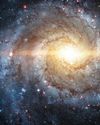
All About Space UK
MYSTERIES OF THE UNI WHERE ARE ALL THE SPIRAL GALAXIES?
There are far fewer spiral galaxies than elliptical ones in the Supergalactic Plane, and scientists are keen to discover why
7 mins
Issue 161
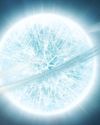
All About Space UK
ZOMBIE STARS
+10 OTHER TERRIFYING SPACE OBJECTS
8 mins
Issue 161

All About Space UK
HOW TO BEAT LIGHT POLLUTION
Thought it was impossible to observe the wonders of the night sky from towns and cities? Think again. Follow our tips and tricks on successfully observing through sky glow
2 mins
Issue 161
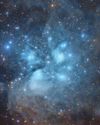
All About Space UK
15 STUNNING STAR CLUSTERS
These beautiful stellar groupings are spattered across the cosmos
8 mins
Issue 161
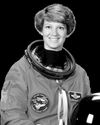
All About Space UK
Eileen Collins "It was a difficult mission...we were the first to see Mir"
Having served as both the first female pilot and first female commander of NASA's Space Shuttle, Collins boosted the involvement of women in space exploration to a whole new level
9 mins
Issue 161
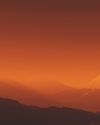
All About Space UK
MARS LEAKS FASTER WHEN IT'S CLOSER TO THE SUN
The Red Planet has lost enough water to space to form a global ocean hundreds of kilometres deep
2 mins
Issue 161
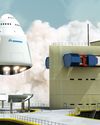
All About Space UK
FUTURE TECH KANKOH-MARU
This ambitious reusable spacecraft will be capable of taking 50 people to and from orbit
2 mins
Issue 161

All About Space UK
THE FINAL FRONTIER
Beyond the reach of the Sun is a fascinating region of the cosmos that were only just beginning to explore
8 mins
Issue 161
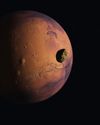
All About Space UK
A long-lost moon could explain Mars' weird shape and extreme terrain
A long-lost moon could explain why Mars is so different from the other rocky planets in the Solar System. Today Mars has two tiny moons.
2 mins
Issue 161
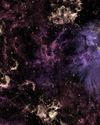
All About Space UK
A sprinkling of cosmic dust may have helped kick-start life on Earth
Cosmic dust may have helped kick-start life on Earth. New findings challenge a widely held assumption that this wasn't a plausible explanation.
3 mins
Issue 161
Translate
Change font size

